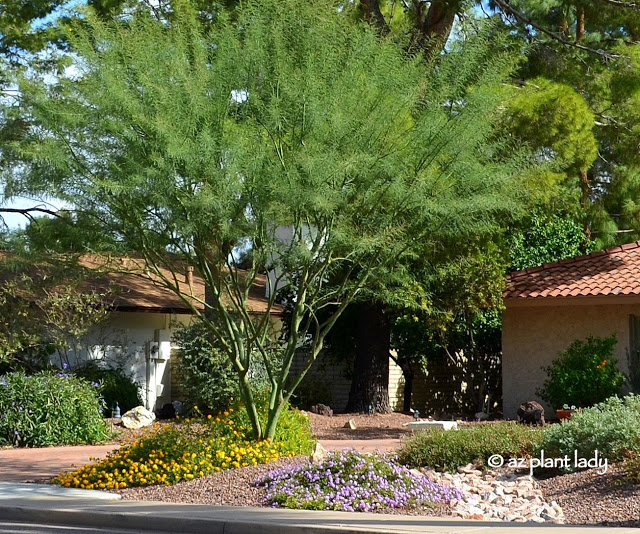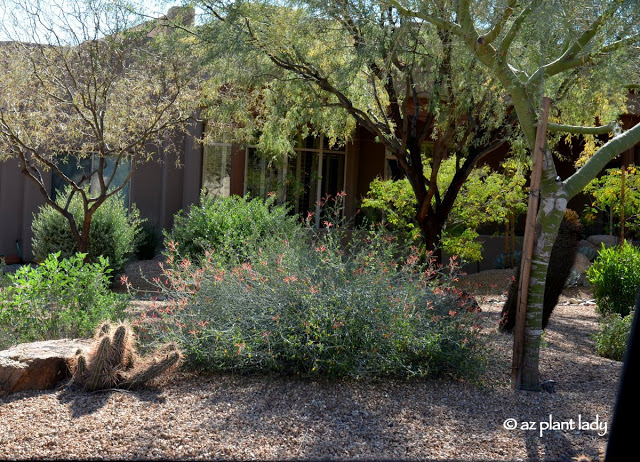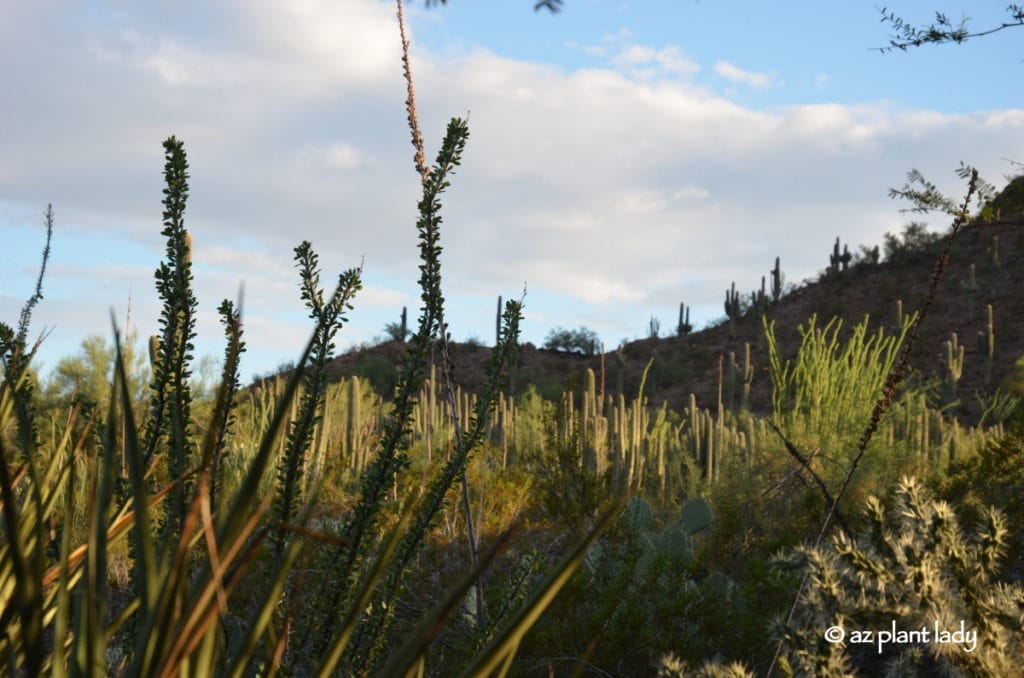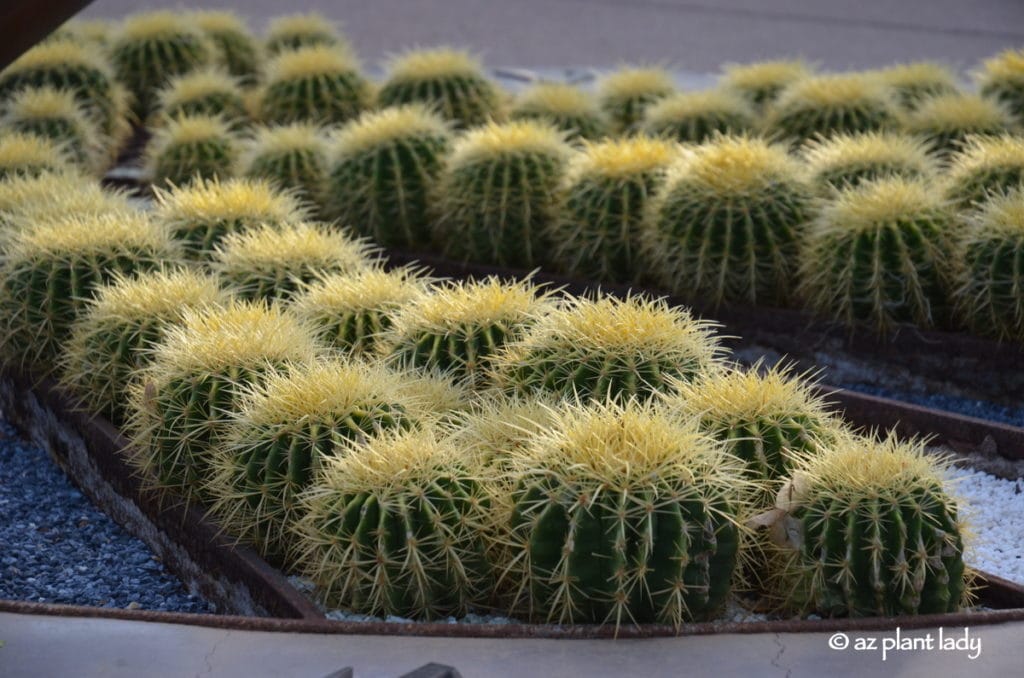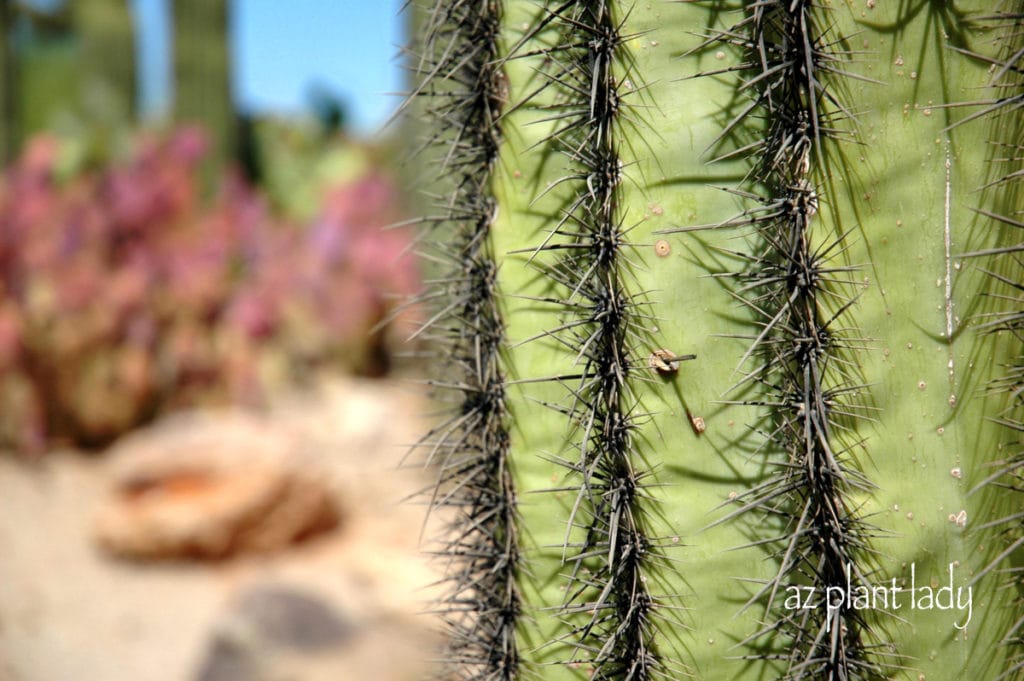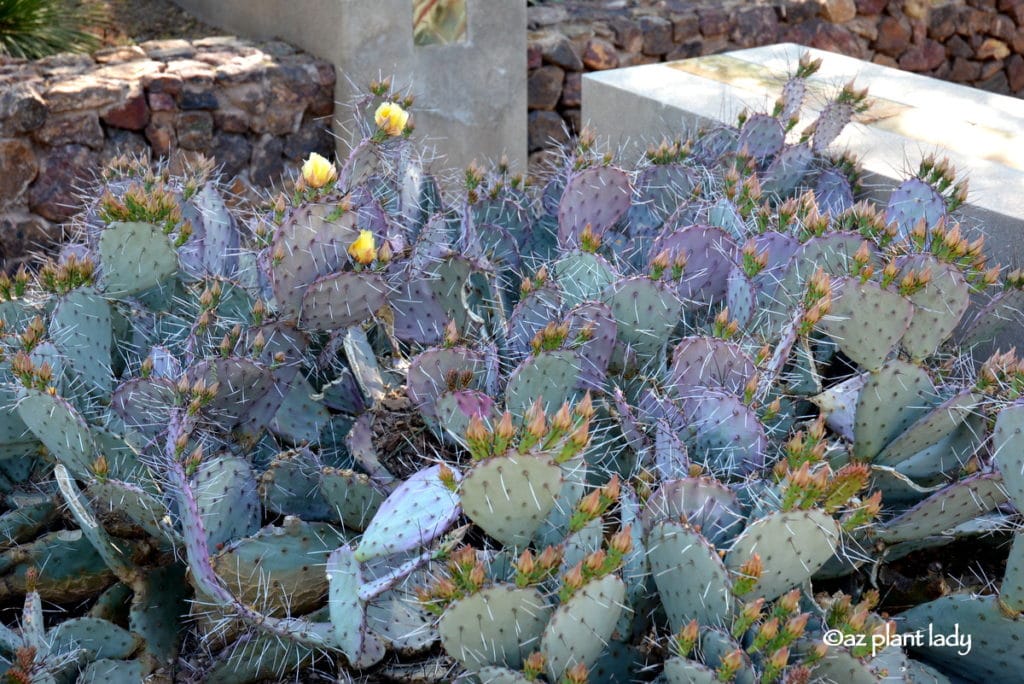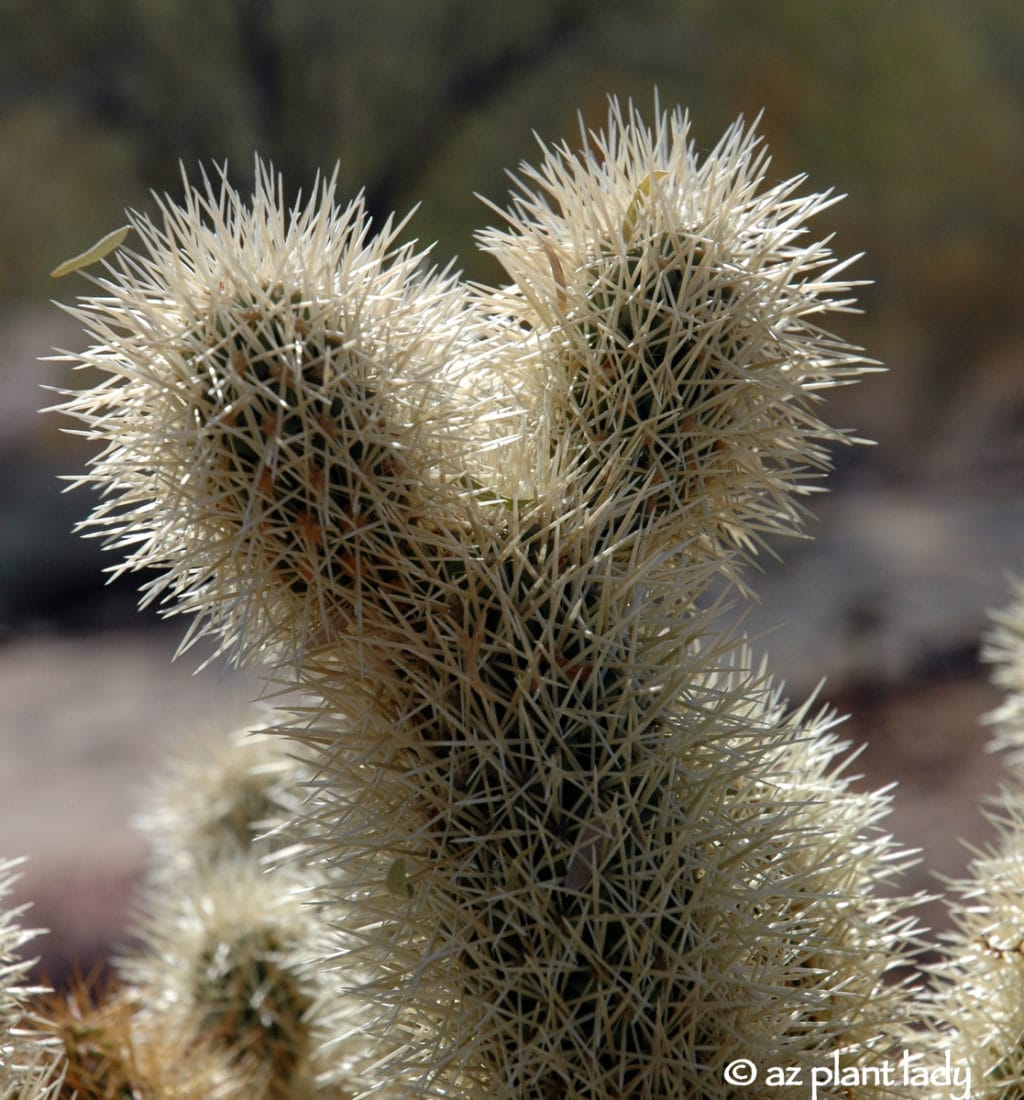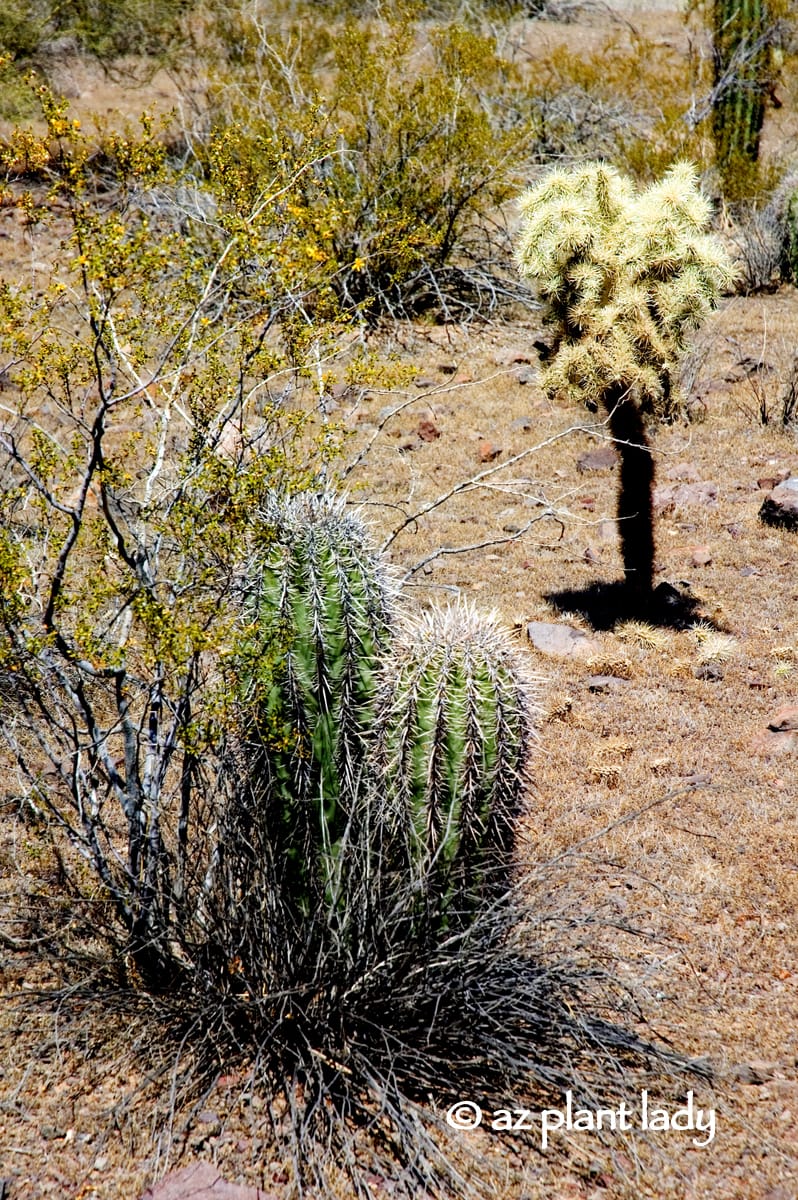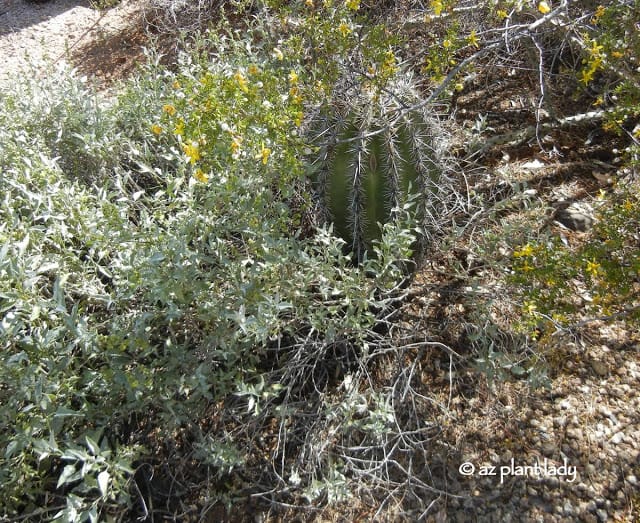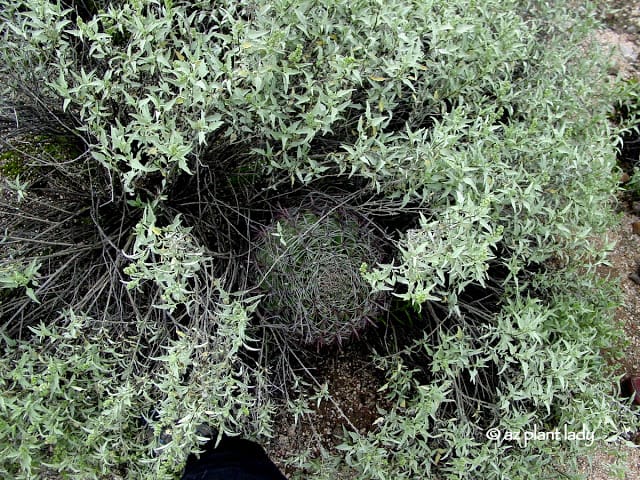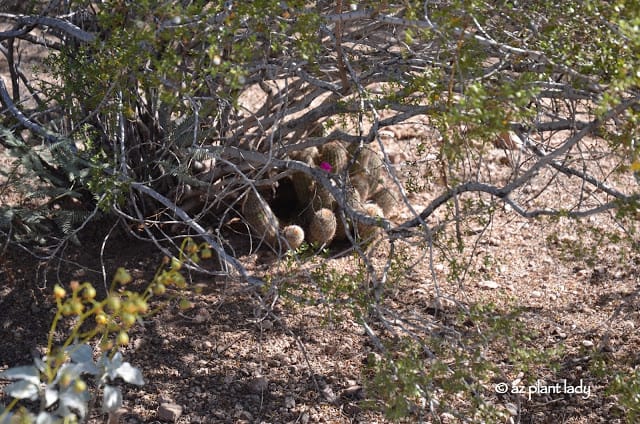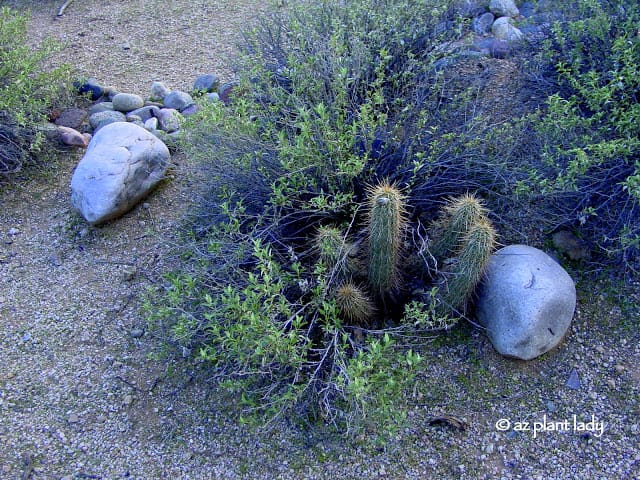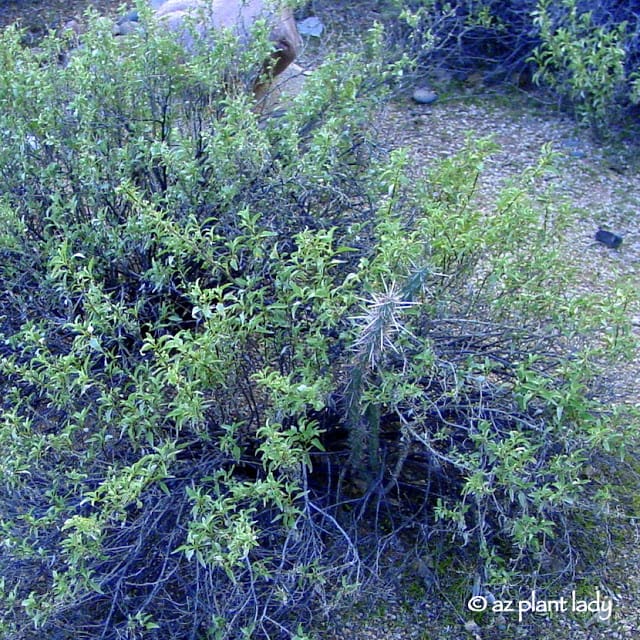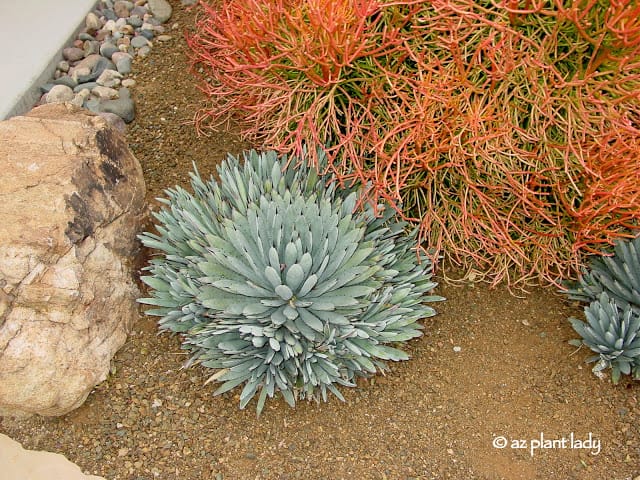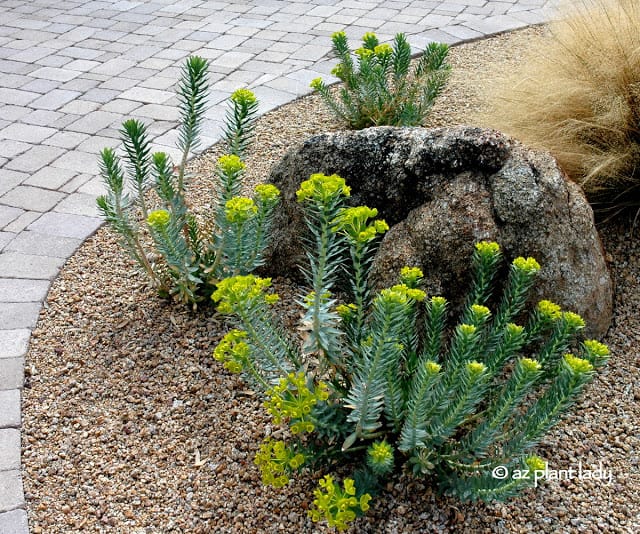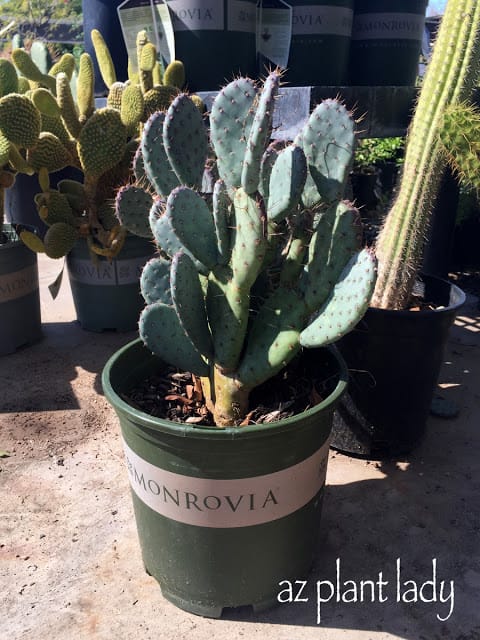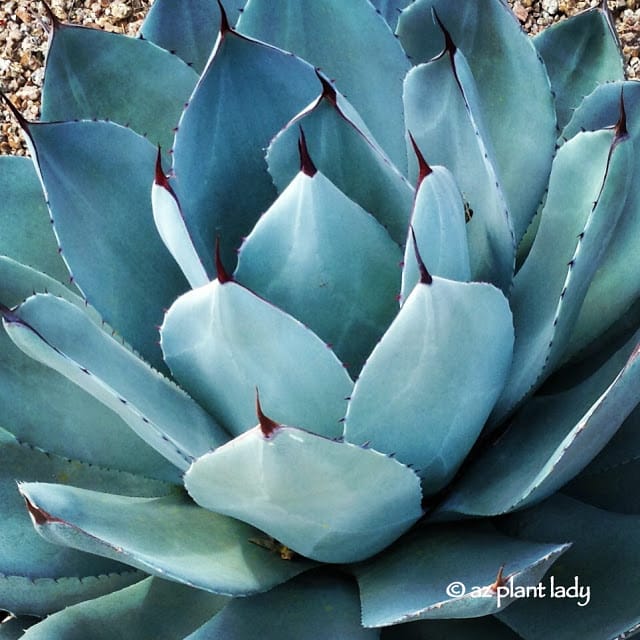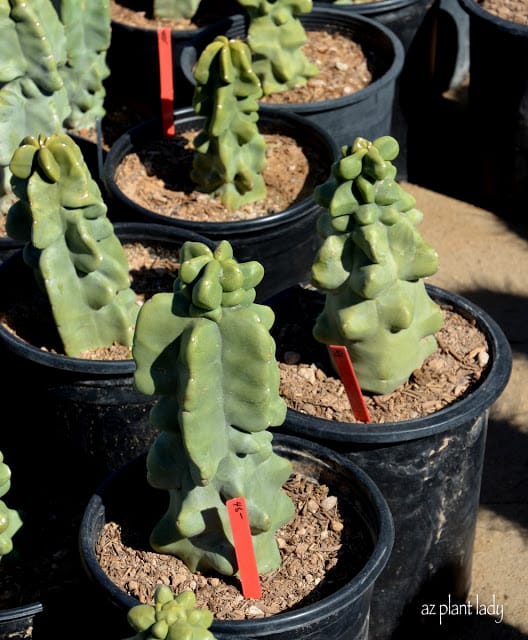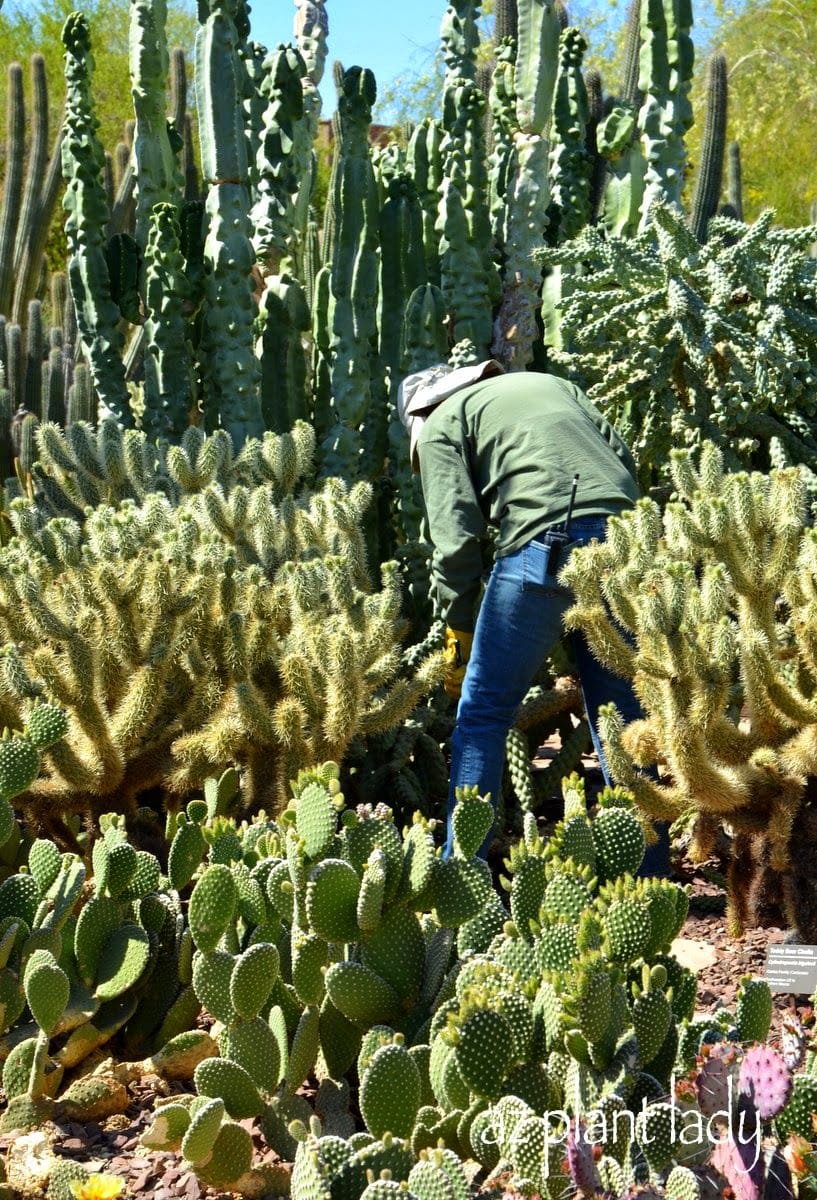
Prickly pear
The next time you find yourself grumbling about having to prune your trees and shrubs – just be thankful that you don’t have to prune cacti at the Desert Botanical Garden.
While I have never had to prune a large bed of cacti, I have backed into cholla and other types of cacti early in my career. I’ve even had a piece stuck on the back of my leg – ouch!
I admit to being a bit clumsy and not always hyper-aware of my surroundings. Years ago, when I had a landscape crew, they would always be warning me about plant holes and prickly plants that I didn’t spot right away.
More recently, I was visiting a client and backed my heel into her golden barrel cactus. Several years later, despite my doctor trying to get it out, a piece of that thorn is still stuck in my heel. It doesn’t hurt anymore, and I just have a tiny bump on my heel as a memento.
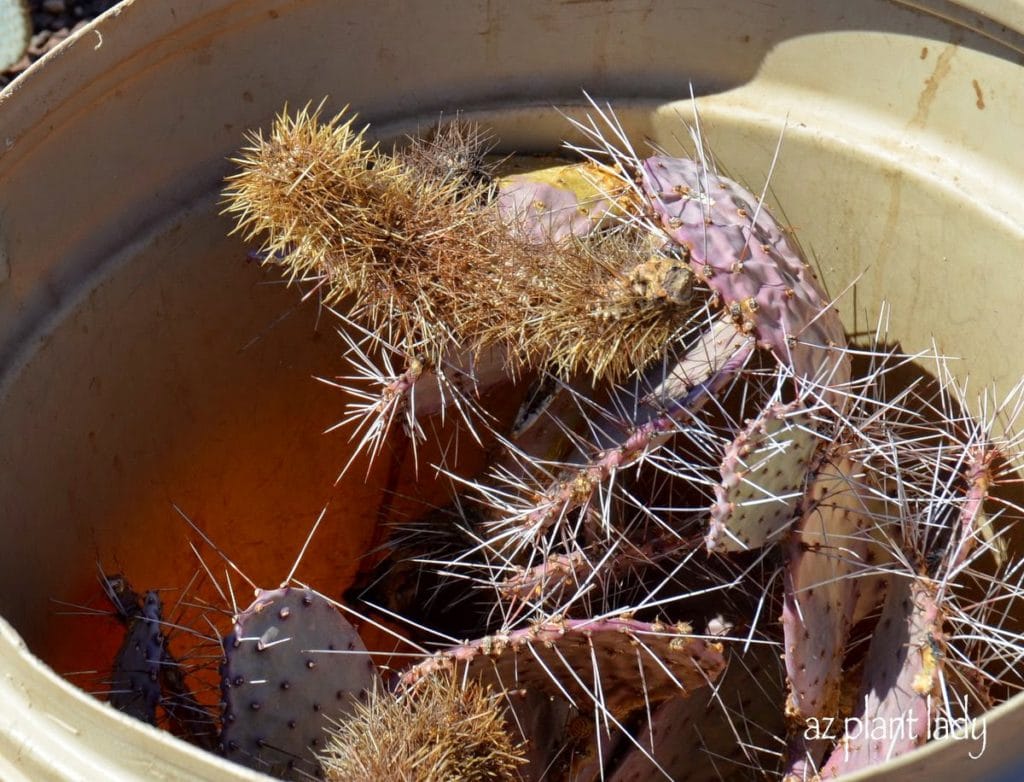
However, some types of cacti, such as prickly pear and cholla, need to be pruned from time to time in a landscape setting.
Prickly pear can grow very large and spread. If you don’t have enough room, you may find yourself having to prune it back. When pruning prickly pears, make your pruning cuts where the individual pads meet. I like to use long-handled loppers, which work well and don’t require getting too close.
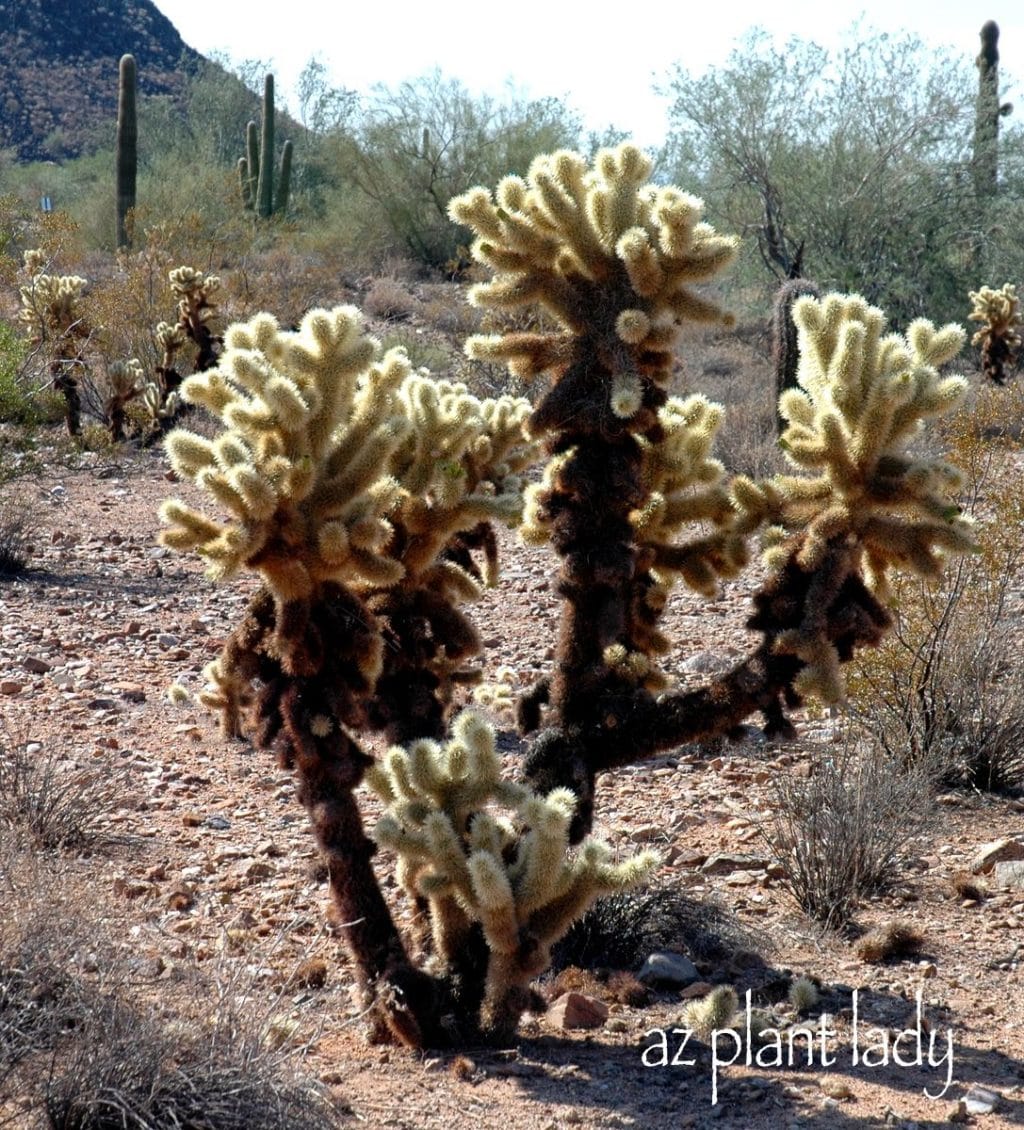
Cholla tend to drop segments on the ground, which is how they propagate. The segments will root in ideal conditions and grow a new cholla.
In a managed landscape, it is a good idea to clean the fallen pieces of cholla to help keep people from inadvertently getting it stuck to their shoes.
**Have you ever wondered why cacti have thorns? I wrote about the surprising reasons that cacti are prickly and some tips for pulling out cactus spines if you get stuck…
Have you ever gotten pricked by a cactus?


